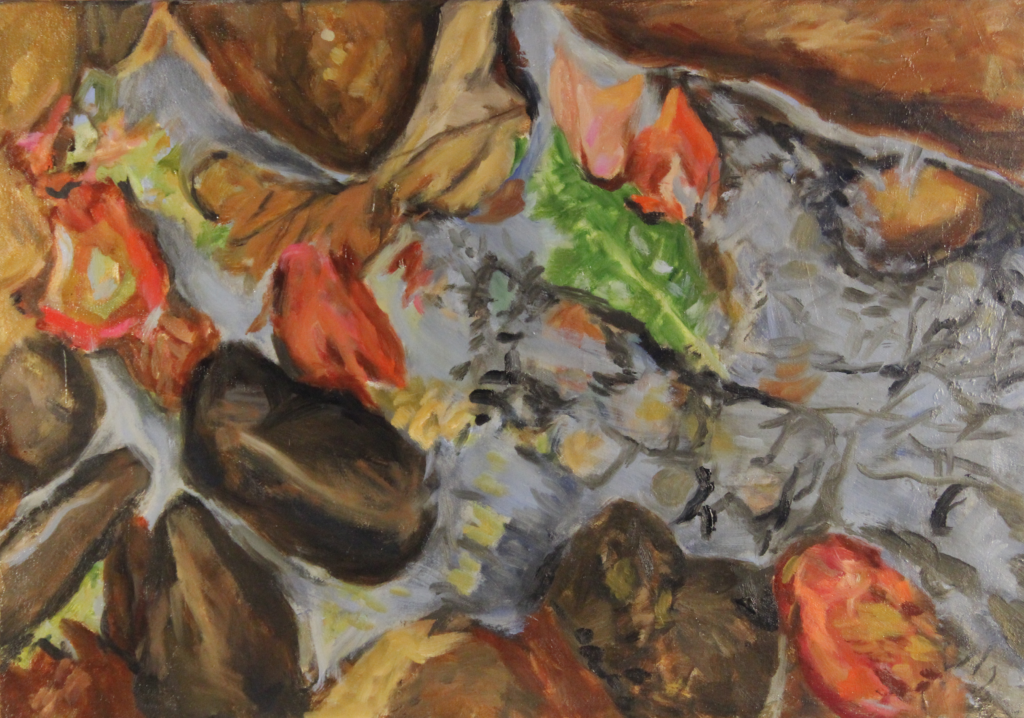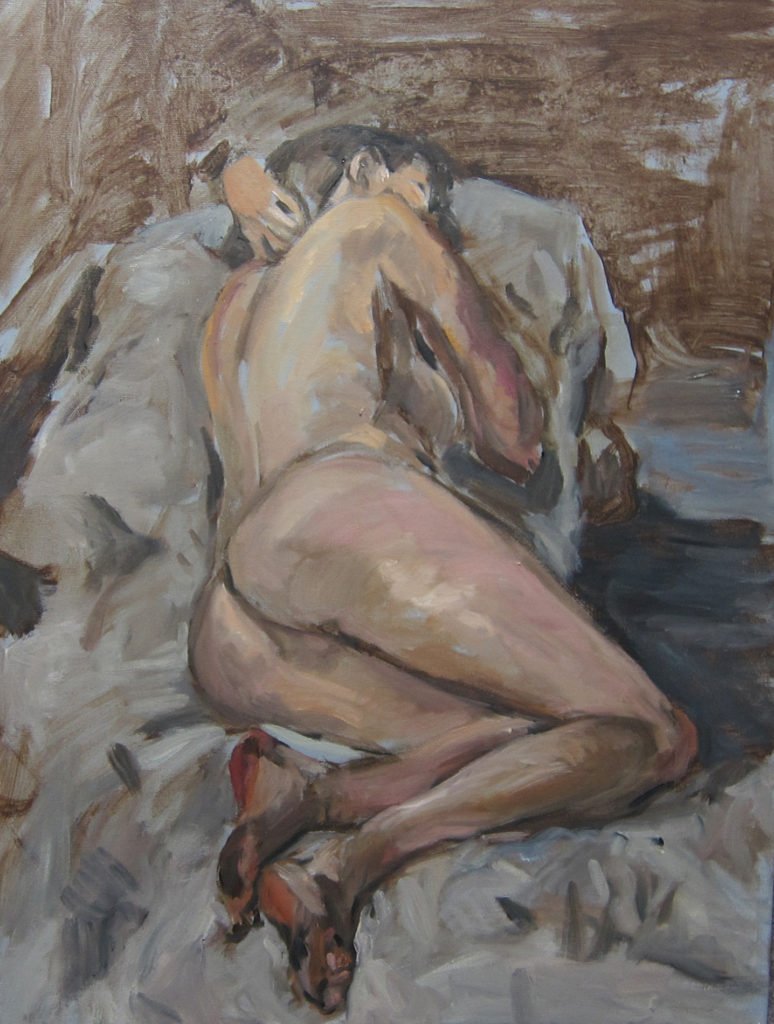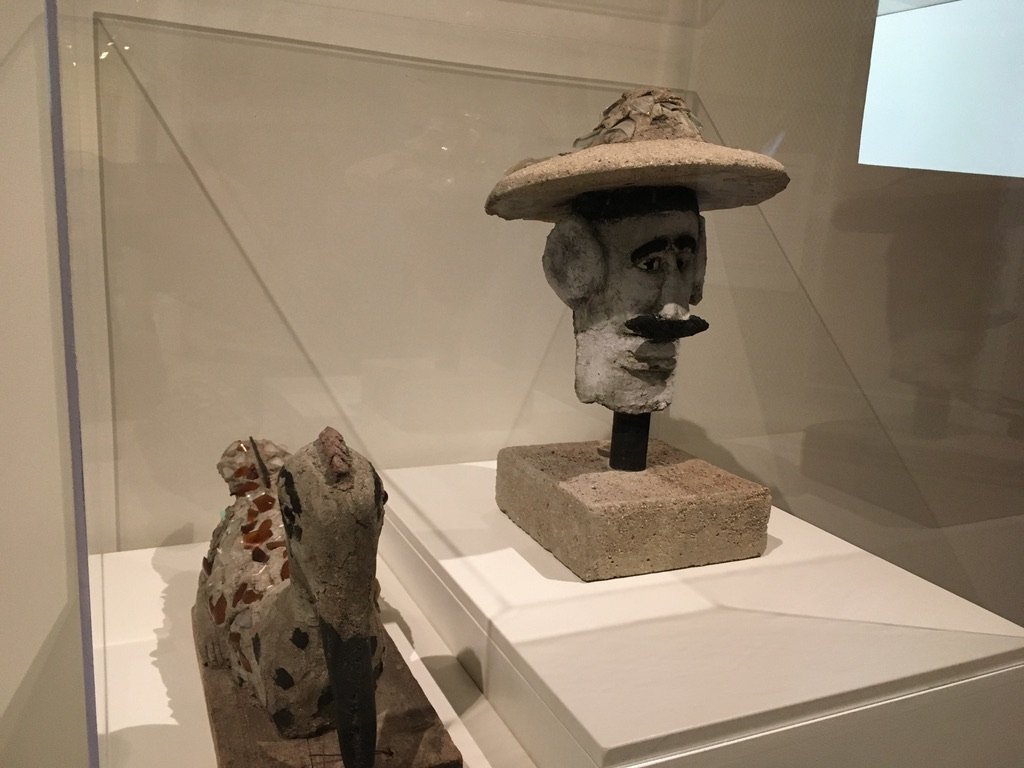





Life-study from a two-hour pose at Fleisher Art Memorial. I have always loved the immediacy and freshness of a study or even a half-finished painting.




















































On a trip to the midwest we stopped in Sheboygan and found it a beautiful town on the lake with two outstanding free museums. The contemporary art museum, John Michael Kohler Arts Center, is right in town, established in and around a Kohler family home. The John Michael Kohler Arts Preserve is just outside of town and features three floors of outsider art collection from around the world.

Above, landscape painting Looking Toward Sellers Hall from Mill Bank c.1818. Sellers Hall is on the horizon, center left
I was surprised and pleased to find that Charles Willson Peale was a friend of the Sellers family. Here in this community Sellers Hall and Sellers Library are well known for being a stop on the Underground Railroad.
“The painter Charles Willson Peale, (1741-1827) who voted for the abolition of slavery as a member of the Pennsylvania Assembly in 1780,[9] was a frequent visitor of Sellers Hall. His distant view of Sellers Hall (1818) is an early example of American landscape painting.[10] Peale’s daughter, Sophonisba (1786-1859), married Coleman Sellers (1781-1834), and Peale’s granddaughter, the landscape painter Anna Sellers (1824-1905), lived at Sellers Hall.[11] ” https://en.wikipedia.org/wiki/Sellers_Hall